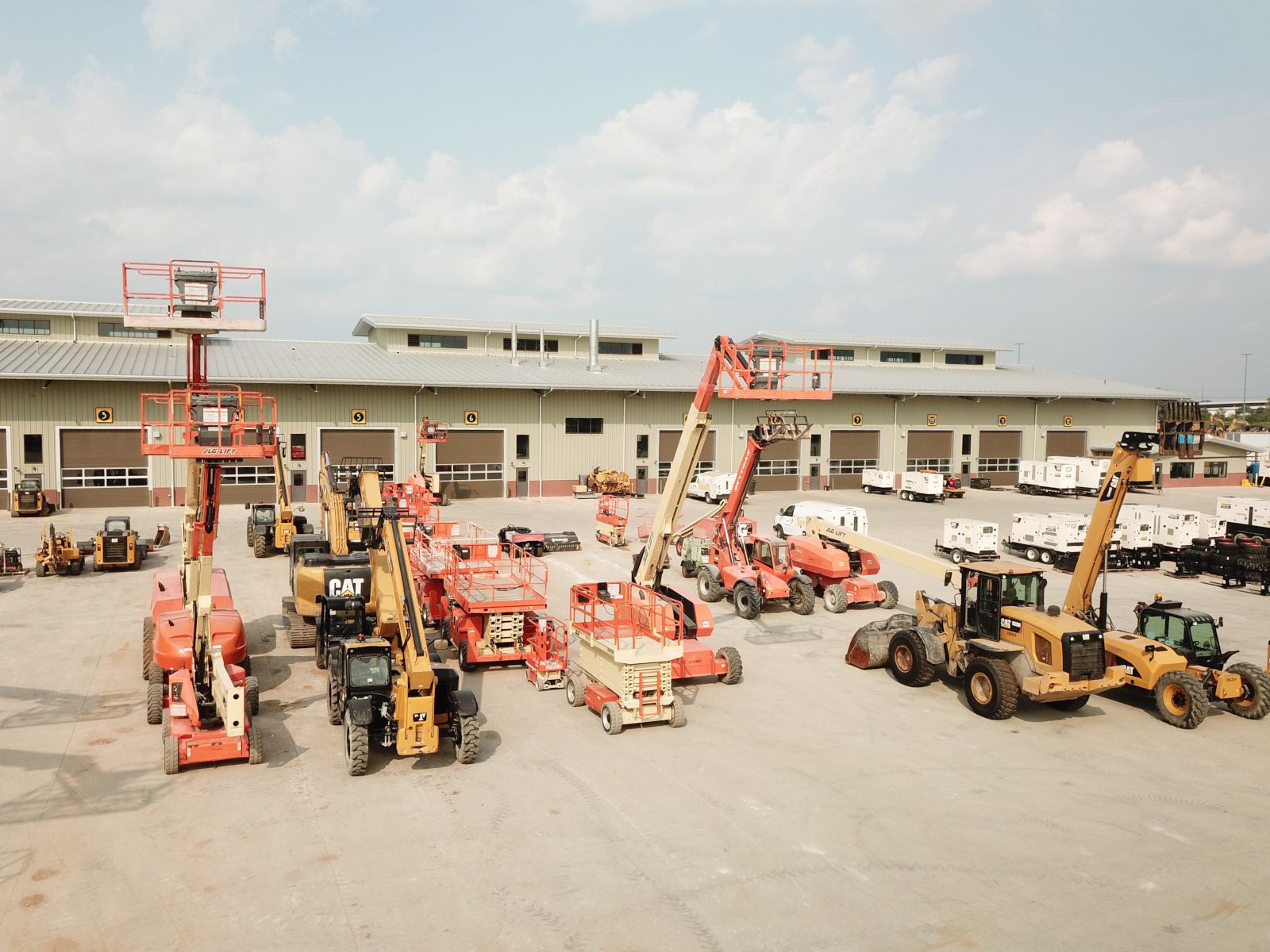Aerial Lift Rental: Versatile Lifting Solutions for High-Access Jobs
Aerial Lift Rental: Versatile Lifting Solutions for High-Access Jobs
Blog Article
Maximize Your Budget by Comprehending the Costs Connected With Building And Construction Devices Rentals
Comprehending the complete extent of costs associated with building tools services is essential for optimizing your spending plan. What strategies can be employed to efficiently handle these prices and make certain a more efficient rental experience?
Overview of Rental Expenses
When considering building equipment leasings, understanding the connected prices is vital for effective budgeting and job preparation. Rental expenses can differ substantially based on numerous aspects, including devices kind, duration of leasing, and area. The preliminary rental cost frequently shows the tools's market demand and its connected functional capabilities, influencing the total expense.
In addition to the base rental price, secondary costs may emerge, such as transportation fees, fuel additional charges, and upkeep charges. It is necessary to make up these additional costs to precisely analyze the complete expense of renting out equipment. Additionally, the rental duration can influence rates; longer services may get approved for discounted rates, while temporary services could sustain higher daily charges.

Break Down of Rental Rates
A detailed understanding of rental prices is crucial for contractors and project supervisors intending to enhance their budget plans. Rental rates for construction tools commonly contain a number of components, consisting of base rates, time-based charges, and use charges.
Base rates are the core costs connected with the leasing of the equipment, usually established by the type and size of the equipment. These rates can differ substantially, influenced by variables such as devices demand, schedule, and local market trends. Time-based costs, which may be daily, weekly, or monthly, offer to fit different task timelines and rental durations.
In addition, rental rates might include use fees, which are applicable when devices is utilized past a specified limit, guaranteeing that the rental firm can represent wear and tear. Seasonal need fluctuations can likewise impact rental prices, with peak construction periods generally regulating higher costs.
In addition, comprehending the rental firm's policies relating to upkeep and insurance coverage can give further understanding right into the overall expense framework. By analyzing these elements, service providers can make educated choices, making certain the selection of rental devices straightens with both project requirements and budget plan restraints.
Additional Costs to Consider
Comprehending the details of additional fees is vital for contractors to manage their total service expenditures effectively. Past the standard rental prices, numerous supplementary costs can significantly influence the complete price of devices leasing. These fees frequently include delivery and pick-up fees, which can vary based on distance and logistics included in transferring the equipment to and from why not find out more the job website.
Additionally, some rental business may impose gas surcharges if the equipment is returned with much less gas than when leased. It is also vital to know possible cleansing fees, particularly for customized devices that requires detailed upkeep after use.

Thoroughly examining the rental agreement and making clear these extra costs in advance can help specialists avoid unanticipated expenses and make certain that budget plans continue to be intact throughout the project lifecycle.
Repair And Maintenance Costs
Regular maintenance and fixing costs are typically ignored elements that can substantially influence the general price of building tools rentals. When leasing tools, it is important to take into consideration not only the rental charges yet also the potential expenses related to keeping the machinery in ideal operating problem.
Several rental companies include fundamental upkeep as component of the rental agreement; nevertheless, a lot more considerable repair work or unforeseen failures can bring about added costs. It's vital to assess the rental agreement carefully to understand what maintenance services are covered and what obligations drop on the occupant.
Furthermore, equipment that is not well-maintained can result in inadequacies on the job site, potentially enhancing and triggering delays project costs. To mitigate these risks, it is advisable to conduct regular examinations and keep open interaction with the rental copyright pertaining to any kind of problems that arise during use.
Insurance and Responsibility Prices
Insurance coverage and obligation costs are crucial components that can significantly influence the general expense of construction tools leasings (forklift rental). These expenses guarantee that both the rental firm and the customer are safeguarded from potential economic losses occurring from accidents, damages, or theft throughout the rental period

In addition, clients must recognize any type of deductibles or exemptions in the insurance policy, as these can influence possible out-of-pocket costs. Recognizing the terms of any earth moving equipment list type of insurance policy coverage is important to stay clear of unanticipated costs. Eventually, budgeting for insurance policy and liability costs can aid ensure a smoother rental experience and secure versus economic risks related to building tasks.
Verdict
In conclusion, an extensive understanding of the costs connected with building devices rentals is crucial for efficient spending plan administration. Eventually, informed decision-making pertaining to devices rentals adds to the general success of construction undertakings.
Rental expenses can vary significantly based on numerous elements, consisting of devices type, period of rental, and area (scissor lift rental). The rental period can influence pricing; longer services may certify for discounted prices, while short-term services might sustain higher everyday costs
By carrying out comprehensive study and engaging site with trustworthy rental business, contractors can properly navigate the intricacies of rental pricing, eventually optimizing their financial sources.
Past the standard rental rates, numerous additional costs can significantly affect the complete cost of equipment leasing. Rental firms frequently supply responsibility insurance that covers injuries to third events or damages to residential property, while tools damage insurance can cover the expense of fixings or substitute if the rented equipment is damaged.
Report this page